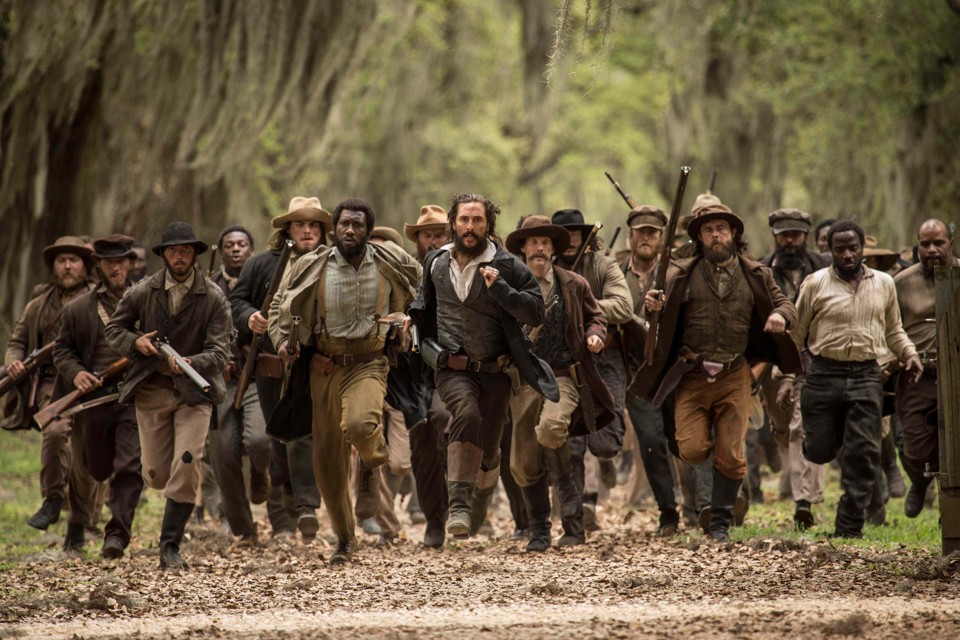Barack Obama and the Rhetoric of Hope by Mark S. Ferrara (review) [Williamson]Posted in Articles, Barack Obama, Book/Video Reviews, Literary/Artistic Criticism, Media Archive, Politics/Public Policy on 2016-07-19 01:23Z by Steven |
Barack Obama and the Rhetoric of Hope by Mark S. Ferrara (review) [Williamson]
Rhetoric & Public Affairs
Vollume 18, Number 4, Winter 2015
pages 748-750
Jason G. Williamson
Department of Communication Studies
University of Georgia
Barack Obama and the Rhetoric of Hope. By Mark S. Ferrara. Jefferson, NC: McFarland and Company, 2013; pp. 204. $45.00 paper.
In Barack Obama and the Rhetoric of Hope, Mark S. Ferrara attempts to piece together the historical, intellectual, and literary influences of Barack Obama’s presidential campaign rhetoric, primarily as the “rhetoric of hope” was constructed leading up to the 2008 campaign and employed during that campaign, as well as its reemergence for 2012. Ferrara defines the rhetoric of hope as “deliberately constructed political discourse that envisions social betterment brought about by the force of shared values and culminating in a promise of a ‘more perfect union’ in the future” (11). The utopian idealism that percolates throughout Obama’s campaign discourse is of particular interest to Ferrara, especially as American rhetorical tropes are employed to discursively construct Obama as a “quasi-prophetic” figure who possesses the leadership skills necessary to move the country closer to collective salvation (14–15). Ferrara repeatedly observes the rhetoric of hope relying on a dialectical tension between the ideal and the actual, promising to transform the current status quo into a salvific telos.
The book is primarily organized into two major sections, with the first half (chapters 1–5) dedicated to locating historical and literary influences of Obama’s rhetoric of hope and the second half (chapters 6–10) investigating the values and characteristics of this rhetoric, concluding with a comparison of Obama’s two presidential campaigns. The opening chapters outline the manner in which utopian tropes derived from Judeo-Christian thought (chapter 1) as well as the European Enlightenment (chapter 2) influence Obama’s rhetoric. In the three chapters that follow, Ferrara continues [End Page 748] pulling on individual threads, such as slave narratives (chapter 3); the presidential traditions of Thomas Jefferson, Abraham Lincoln, and Franklin Roosevelt (chapter 4); and the influence of fiction, music, and popular culture (chapter 5), arguing that these threads, woven together, form Obama’s rhetoric of hope.
In the second half, Ferrara moves beyond the antecedents of the rhetoric of hope, presenting a reading of Obama’s campaign rhetoric as an amalgam of multiple influences. Chapter 6 analyzes the role of American values in the rhetoric of hope, culminating in Obama’s embodiment of the American Dream, a combination of individual determination and community awareness with a heavy emphasis on “work” as an operative term, a theme that the president continues in his second term, as evident in the most recent State of the Union address. Ferrara approaches Obama’s discourse with an Aristotelian conception of rhetoric and places a heavy emphasis on the deliberate decisions of the rhetor, highlighting Obama’s role as a writing subject constructing his own narrative persona in chapter 7. Ferrara, an assistant professor of English at State University of New York at Oneonta, reads Obama’s autobiographical narratives as an effort in which Obama “casts himself as a prophet of change situated by virtue of his unique American story to usher in a new global order” (135). Ferrara locates Obama within the tradition of political autobiographical works in American history “from John Smith to Benjamin Franklin to Malcolm X,” arguing that Obama intentionally constructs his own story in such a way as to build on American mythologies (125). The climax is perhaps seen in Obama’s 2008 tour of the Middle East and Europe (chapter 8), where his narrative positions Obama as a figure that can unite American ideals with a global, multicultural audience. The final two chapters track the continuation of the 2008 campaign themes in 2011 and 2012, underscoring the claim that “the rhetoric of hope contains a neat circularity that is the product of intentional design” (187). Whether by intent or not, the characteristics of the rhetoric of hope obviously manifest in Obama’s campaigns.
Throughout, Ferrara’s analysis casts light on many aspects of Obama’s rhetoric that the reader will find intuitive. Although his prose is occasionally too driven by quotations and not enough of the author’s own voice, the text and analysis is accessible for a wide audience. Readers who study presidential rhetoric will immediately note the pronounced absence…



